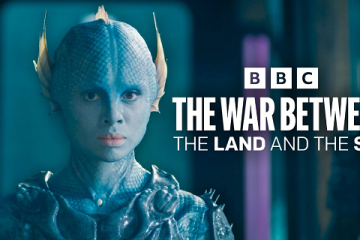Understanding the Impact of Climate Change on Biodiversity

The Urgent Reality of Climate Change
Climate change stands as one of the defining issues of our time, with profound implications for the environment, economies, and human health. It refers to long-term shifts in temperatures and weather patterns, primarily caused by human activities like burning fossil fuels, deforestation, and industrial processes. Among its far-reaching consequences, the impact on biodiversity is particularly alarming, affecting various species and ecosystems around the world.
Current Trends in Biodiversity Loss
According to the World Wildlife Fund (WWF), global wildlife populations have declined by an average of 68% since 1970. This statistic underscores a critical trend: rising temperatures and altered ecosystems have pushed many species towards extinction. Notably, habitats such as coral reefs are experiencing significant bleaching due to rising sea temperatures, which has a cascading effect on marine biodiversity.
Key Areas of Concern
One of the most concerning aspects of climate change is its role in the loss of habitats crucial for various species. As temperatures rise, many animals and plants are unable to adapt quickly enough, leading to shifts in population dynamics. For example, polar bears are facing diminishing ice habitats in the Arctic, directly impacting their ability to hunt seals, their primary food source. Similarly, terrestrial species in temperate forests are struggling to find suitable habitats as conditions change.
Steps Being Taken
In response to these challenges, governments and organisations worldwide are stepping up efforts to mitigate climate change and protect biodiversity. The United Nations’ biodiversity conferences have put substantial focus on harmonising conservation efforts with climate action. Initiatives such as the European Union’s Green Deal aim to ensure that economic growth does not come at the expense of the environment. Furthermore, local conservation projects increasingly emphasise restoring endangered habitats to bolster resilience against climate impacts.
The Way Forward
Understanding the relationship between climate change and biodiversity is critical for creating effective policies aimed at conservation and sustainability. Experts warn that immediate action is necessary to prevent further loss of species and ecosystems. Public awareness and advocacy play a vital role in influencing policy changes and encouraging sustainable practices on individual and community levels.
Conclusion
Climate change poses a significant threat to biodiversity on our planet, impacting ecosystems, wildlife, and even human health. As global temperatures continue to rise, it is essential for individuals, policymakers, and organisations to work collaboratively towards solutions that prioritise both climate action and biodiversity conservation. The path forward involves recognising the interconnectedness of all life and making informed decisions to safeguard our natural world for future generations.







